OSS becomes mainstream in software development
Recently, OSS (Open Source Software) has been becoming more and more popular and OSS is a big mainstream of software improvement now. OSS is maintained and updated by many contributors through the internet and managed by virtual organizations named the “community”. One of the OSS, Linux is a very successful OSS that is utilized as de facto standard OS in home appliances, communication products and data centers.
OSS is distributed with source code which is treated as one of the important design documents of software. So, developers can utilize almost all downloaded OSS and add small new features of their core idea, then developers can implement big systems with OSS easily with less manpower. So, OSS becomes the mainstream in software development.
And, a developer thinks of a new idea and adds it to OSS, and positively opens it to the community. Then, many participants of the community are willing to use it, that is, the new idea becomes de facto easier than making effort to make it popular by himself. So, many companies in almost all countries except Japan are willing to invest and contribute to OSS upgrade with their new ideas. Unfortunately, many Japanese companies do not take care of OSS contribution because the OSS contribution ROI is invisible and a little bit long-term and complex way.
Renesas’ OSS activity
SoC (System on Chip) works with high-performance CPU cores and big DRAM memory space and it is expected to process many application software simultaneously. So, SoC requires a highly functional OS (Operating System) such as Linux.
When customers plan some application software PoC (Proof of Concept) on an SoC, most of the customers choose Linux as the OS because its rich ecosystem with many tools, many solutions and many experts. So, if downloaded Linux runs without any customization on Renesas’ SoC, customers can save time to do a PoC. And, Renesas expects customers to choose Renesas’ SoCs not only for PoC but also for final products.
To realize that downloaded Linux runs without customizing on an SoC, Renesas continues to contribute source code patches to the Linux community. This activity is called “upstream” and/or “contribution”. And many patches by Renesas are adopted in the mainline of Linux kernel source code. There is a website to indicate what companies contribute to Linux kernel updates. From 2006, the website says Renesas is one of the top 10 contributors as of January 2021. Figure 1 shows the ranking list.
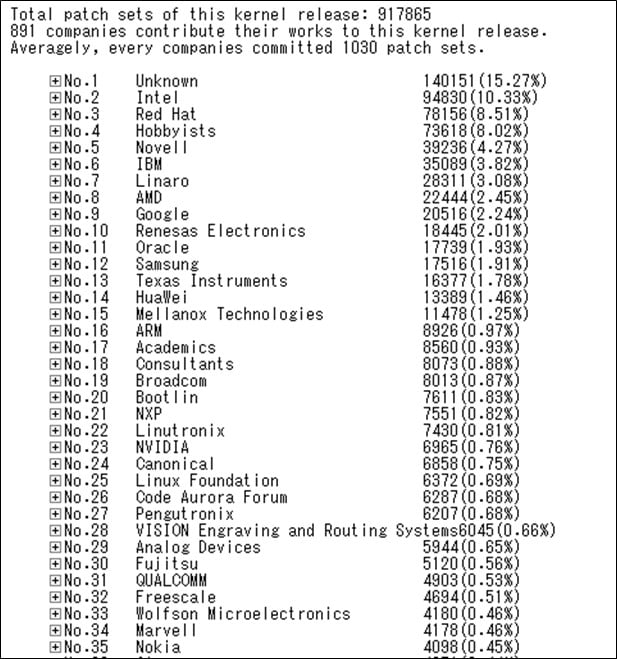
Figure 1. The ranking of Linux contribution
And, Renesas has also developed the “R-Car Starter Kit” for customers and general OSS experts for developing a Linux environment for the automotive industry.
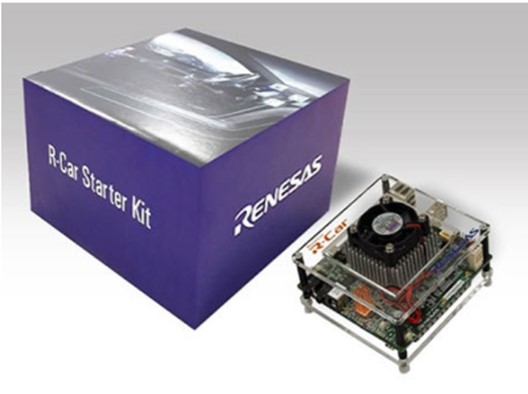
Figure 2. R-Car Starter Kit
The guidance of the R-Car Starter Kit and Linux software package for the R-Car Starter Kit has been opened at the Wiki site on the internet. When customers buy the R-Car Starter Kit, it is easy to set up a development environment by accessing this Wiki site.
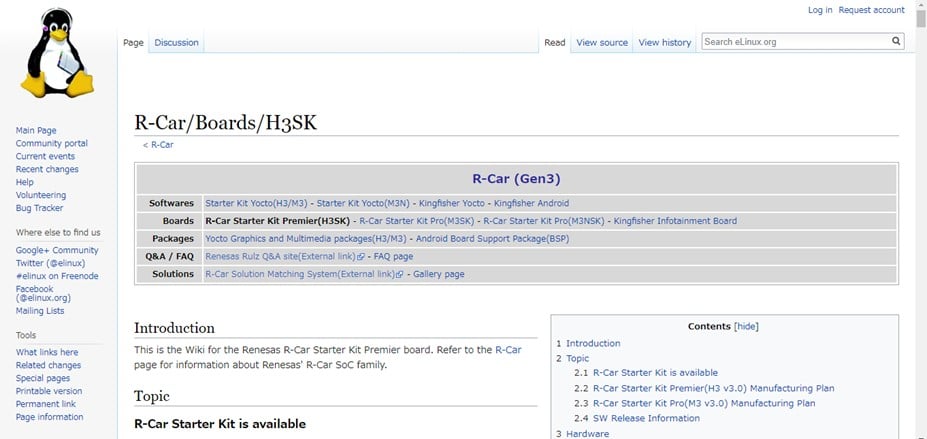
Figure 3. Top page of R-Car Starter Kit’s Wiki site
There is also a community named AGL (Automotive Grade Linux) which aims to port generic Linux for the automotive industry. AGL has been set up under the Linux Foundation.
In this AGL community, Renesas is one of the platinum members and actively contributes to post source code patches, makes the direction of AGL updates and so on. AGL defines “AGL reference hardware” specifications and opens it. Renesas’s R-Car Starter Kit is approved by the AGL community to meet AGL reference hardware specifications, and it is adopted as one of the standard AGL development environments. (related article)
At big events such as CES, the AGL community always sets up a promotion booth. In the AGL booth, most of the AGL members show their latest solution demonstration on the R-Car Starter Kit.
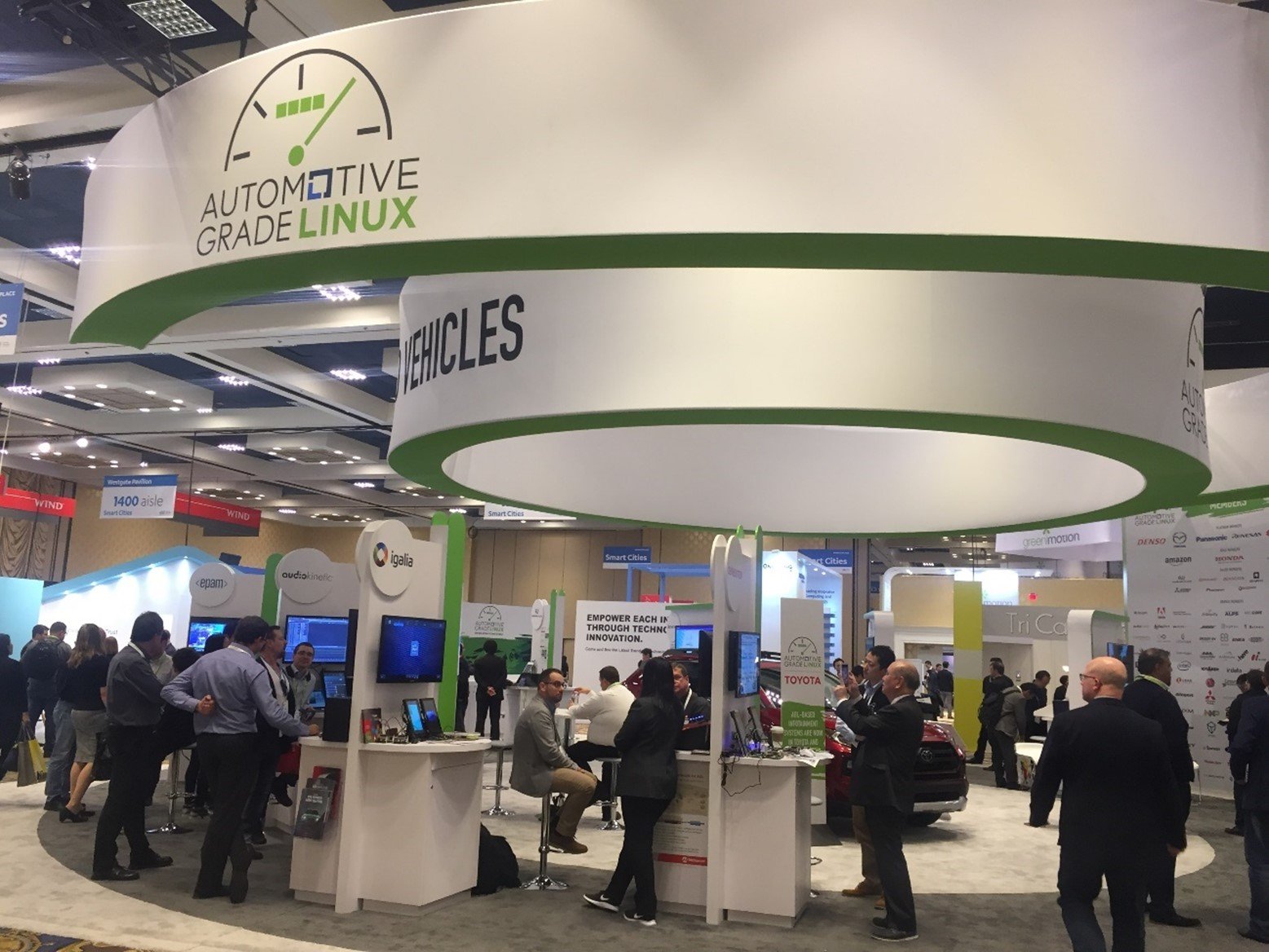
Figure 4. AGL booth with many customers at CES 2019
The AGL community consists of many OEM companies, Tier 1 companies and solution/tool partners. So, all of the supply chain members in the automotive industry cooperate to progress AGL. And, every member adopts the software by the AGL community for its products. AGL announces the important message that many companies adopt AGL. So AGL is one of the very successful OSS projects. (related article).
The more popular AGL becomes, the more R-Car gets designed in. This is a good example of a business model over OSS.
The OSS contribution strategy
Again, I would like to mention why AGL defines reference hardware specifications. OSS is the mainstream in software development now. Then it is very important for every software engineer in the world to join OSS development. This means that the target hardware which OSS runs is available everywhere in the world. So, the target hardware should be fixed to a PC, smartphone and virtual machine in a data center. Those types of hardware are de facto standard as target machines.
But for embedded software, the software substantially works tightly with very specific hardware. So, in order to develop AGL in the world, the AGL community should define a global common hardware environment according to community consensus. (related document).
It is very important that the common hardware specifications do not depend on specific company hardware specifications. Moreover, customers who utilize OSS are not willing to be locked in specific vendors’ hardware. As a result, the OSS becomes independent from any hardware vendors’ specifications.
Because OSS is independent of specific hardware, many software engineers can join the OSS community, after that, there are not only OSS itself but also peripheral tools, middleware and so on. Then OSS and related software become a rich ecosystem. So, customers choose OSS instead of former vender locked software for “time to market” reasons. It is required for semiconductor companies to join the OSS ecosystem. This OSS activity is a cooperative area for semiconductor companies. For customers, OSS provides “easier to develop” environments and its ecosystem benefits to scale out customers’ business models. (“easier to scale”)
On the other hand, the performance, power consumption, functional safety, security, and so on of the system with OSS deeply depends on hardware and low-level software such as hypervisor and device drivers. Customers choose semiconductors according to the balance between cost and performance, and so on. This area is a competitive area for semiconductor companies. Hardware and low-level software provide customers with “easier to differentiate”.
Renesas OSS contribution strategy is as follows.
- Renesas joined and leads the OSS community and contributes to making the OSS more attractive. And Renesas promotes OSS to tool vendors, solution vendors and customers, then the OSS and related software become easier to develop a software ecosystem.
- Many customers choose the OSS because there are many development tools and solutions.
- When customers create solution software with the OSS, if the OSS runs on Renesas’ semiconductors and low-level software, it is available for customers with higher performance, lower power consumption, functional safety, and a secured environment under reasonable cost.
So, Renesas continues to invest and contribute to OSS development nevertheless it is not a competitive area. This concept is shown in Figure 5.
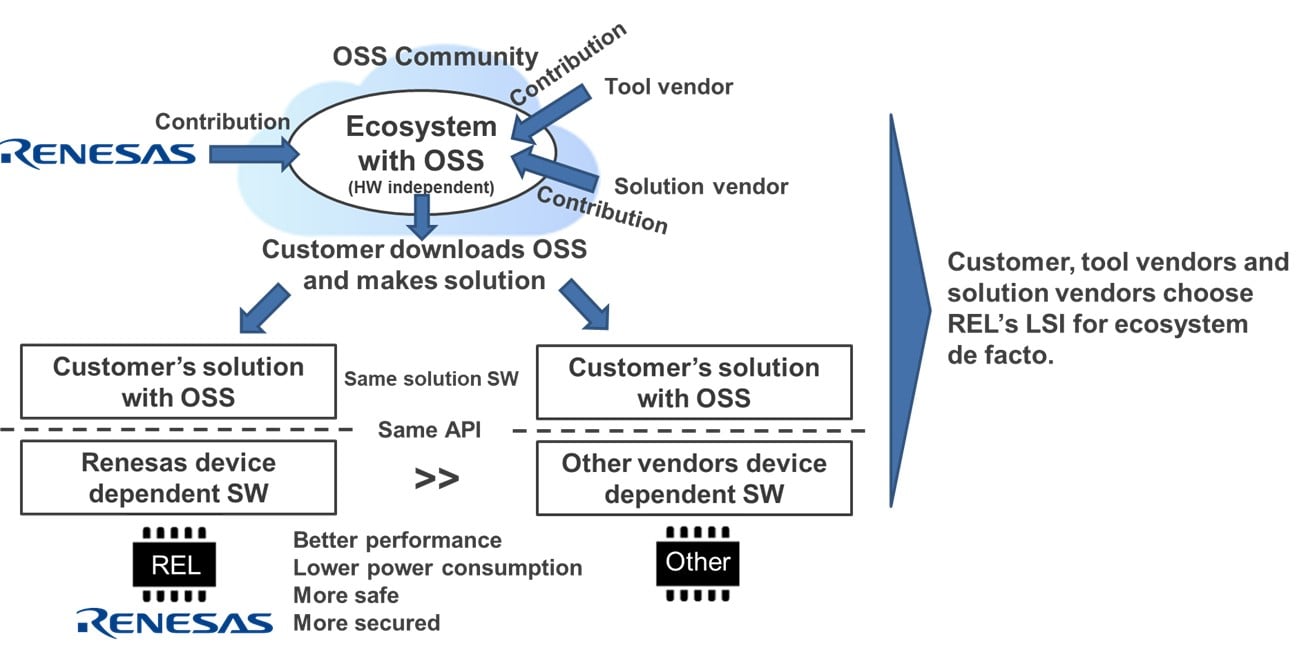
Figure 5. OSS-based cooperative ecosystem and competitive semiconductor business model
It is the very point to operate OSS contribution in the cooperative area and semiconductor competitive area with consistency. Renesas will continue to use OSS as de facto and scale customers’ business in the future, at the same time, Renesas provides customers with easier differentiated solutions with semiconductors and low-level software.
